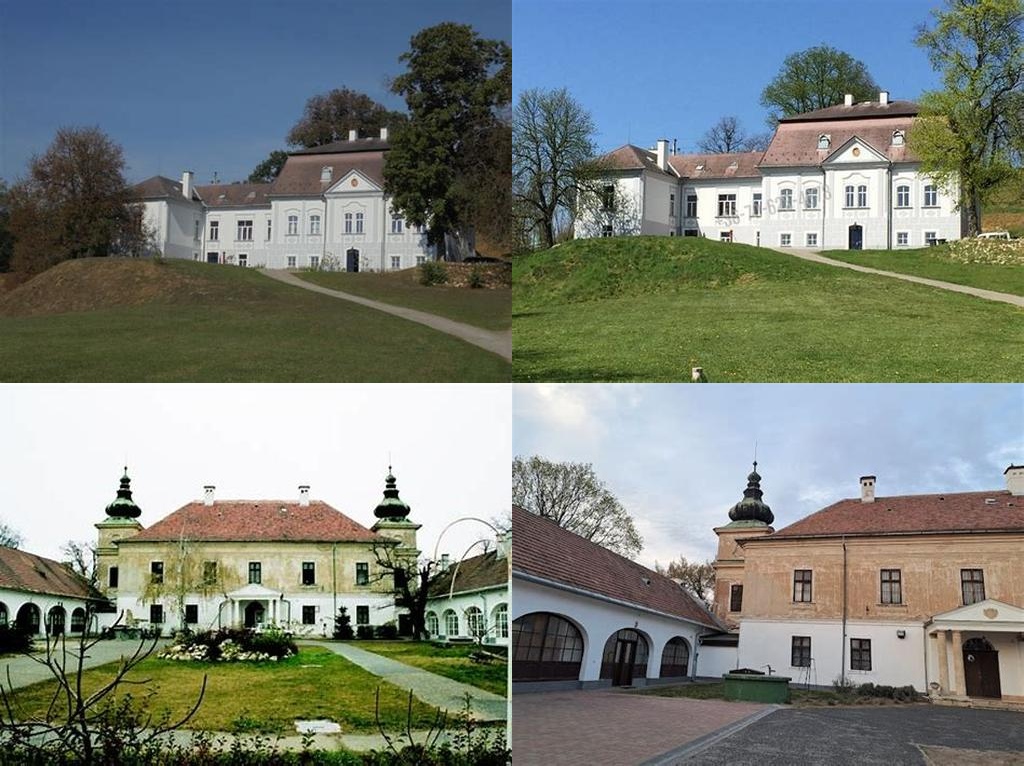
Nyáry-kastély in the peaceful village of Legénd isn’t the kind of mansion that floats on glossy magazine covers, but that’s precisely its charm. Tucked away in the bucolic embrace of Hungary’s Nógrád County, well off the frantic tourist trails, it quietly waits for travelers who are interested in real stories, half-forgotten aristocratic dreams, and a sense of slowing down time. As you roll into Legénd—likely noticing more sheep than visitors—you’re entering an unfolding diary that began centuries ago with the ambitions of noble families, war, romance, and, yes, occasional intrigue.
Constructed in the early 19th century, Nyáry-kastély is named for the prominent Nyáry family, a lineage with deep roots in Hungarian aristocracy. Imagine the era: the Napoleonic wars left the European map in a spin, while rural Hungary remained anchored to traditions, the slow pace of village life, and grand homes that doubled as social and economic hubs. The mansion was designed in a reserved yet elegant style, marked by classical proportions rather than ostentatious flourishes. Its whitewashed walls and simple cornices seem almost modest compared to other stately homes, but in that lies a quiet dignity. Here, it’s the small details—a carved doorframe, a courtyard resonating with birdsong, a lonely stone bench under chestnut trees—that speak to visitors who make the trip.
Wandering through the estate grounds, you can easily conjure the daily rhythms of the mansion’s once-bustling life. Imagine lords and ladies in the drawing rooms, planning family alliances and dinner menus with equal seriousness. In the 1800s, this region of Hungary was a crossroads of cultures and fortunes, and the Nyáry family thrived, both establishing Legénd as a locus of their own influence and knitting their story tightly into the fabric of the local community. The beauty of Legénd’s mansion is that its story didn’t freeze in time—it evolved. Over the years, the mansion has seen war, partial decay, communal living experiments, and renewal, all leaving their mark in scuffed wood floors and faded frescoes, and lending a very humbling sort of authenticity.
There’s a special comfort here in the tranquility—the way light falls softly through tall windows onto plaster walls—the atmosphere invites a meditative slow walk rather than a hasty dash from one “must see” to the next. If you’re the kind of traveler who appreciates the sense of continuity and change, you will feel at home here. Many of the grounds are open to wander, with an overgrown park that gently blurs the lines between cultured landscape and natural meadow. The air holds the memory of formal balls and laughter but also the quieter routines of housekeeping and gardening. Sit for a while, and you’ll notice how the topography opens up; nearby, the hills roll warmly into the horizon, and if you’re lucky, a local dog will accompany you on your impromptu stroll.
It’s worth getting lost in the village itself—Legénd is classic Hungarian countryside: winding roads, small family gardens, and a rhythm dictated by the church bells. The locals are natural storytellers and, more often than not, someone will have a family connection to the mansion, recalling snippets of memory or pieces of local folklore. If you’re quick with words of thanks—“köszönöm”—and slower in pace, doors tend to open, not just to kitchens and parlors, but to stories that stretch back generations. It’s a reminder that in Hungary, hospitality is a tradition as enduring as any building.
Nyáry-kastély might not be a palace glittering with golden relics, but it is an essential destination for those who enjoy atmosphere, history lived in and faded at the edges, and the resonance of the past in the landscape. The approachability of the mansion, free from crowds and gloss, gives visitors a rare chance to taste something authentic. History here rubs shoulders with the present in very tangible ways—perhaps a cat sprawled on an antique piano, or a current resident tending a rose bush that predates the invention of the light bulb.
To visit Nyáry-kastély in Legénd is to catch a rare, refreshing glimpse of real-life Hungarian heritage. This isn’t museum history kept behind glass but rather a gentle, lived-in kind of persistence—equal part quiet melancholy and hope. For those who favor the path that winds rather than rushes, this mansion stands as an invitation to linger a while longer, listen more closely, and imagine the layered lives that have passed, and continue to pass, through its doors.





